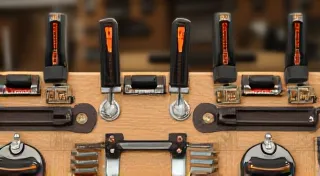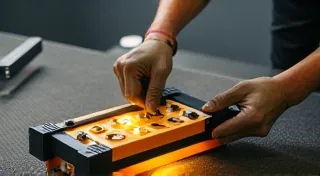How to Transport Your Soap Box Car Safely
Building a soap box car is an incredibly rewarding experience, but the journey doesn's end with construction. Safely transporting your creation to and from the race track is crucial to protect your hard work and ensure everyone’s safety. This guide outlines best practices for transporting your soap box car, covering everything from basic equipment to securing it properly.
Understanding the Challenges
Soap box cars, while fun and engaging, aren't designed for easy transportation. They're often long, unwieldy, and vulnerable to damage. Consider these potential challenges:
- Size and Weight: Even a lightweight soap box car can be awkward to handle.
- Fragility: Components like the steering, wheels, and body can be easily damaged.
- Road Conditions: Bumps, potholes, and uneven surfaces can place significant stress on the car's structure.
- Traffic: Navigating roads with a large object can be challenging for both you and other drivers.
Planning and Preparation: More Than Just Equipment
Before you even think about loading your soap box car onto a trailer, thoughtful planning is essential. The right equipment is a huge part of it, but so is route selection and understanding the load you're dealing with. Consider the overall weight, not just of the car itself, but also any decorations or modifications you've made. This impacts the trailer's load capacity and your driving strategy.
Essential Transportation Equipment
Having the right equipment makes a world of difference. Here’s what you’ll likely need:
- A Trailer: The ideal solution is a small, utility trailer. This provides a stable and secure platform for transport. Ensure the trailer's weight rating exceeds the combined weight of the car, equipment, and any passengers. Regular trailer maintenance, including tire checks and brake inspections, is also critical for safety.
- Ramps: Sturdy ramps are essential for loading and unloading the car. Ensure the ramps are rated for the car’s weight plus your own. Look for ramps with a non-slip surface for increased safety. Consider the ramp’s angle of incline; a gentler slope makes maneuvering the car easier.
- Tie-Down Straps: Multiple strong ratchet straps are vital to secure the car to the trailer bed. Invest in high-quality straps with a significant breaking strength. Always inspect straps for wear and tear before each use.
- Moving Blankets/Padding: Protect the car’s paint and body from scratches and dings during transit. Thick, quilted moving blankets are ideal, but even old towels or cardboard can provide some protection. Don't forget to pad areas prone to rubbing, like the frame and any protruding parts.
- Wheel Chocks: When loading or unloading, wheel chocks prevent the car from rolling. These are inexpensive and provide a critical layer of safety.
- Gloves: Protect your hands while handling the car and equipment.
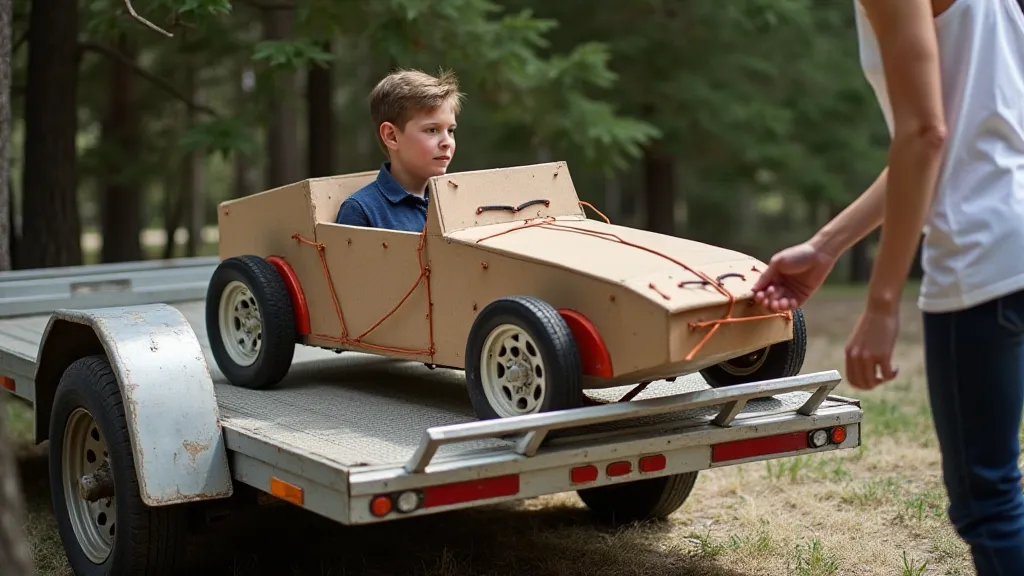
Securing Your Soap Box Car: A Step-by-Step Guide
Simply placing the car on a trailer isn't enough. Proper securing is paramount. This isn't just about preventing the car from falling off; it's about protecting it from damage during transit. Consider the forces involved – sudden stops, sharp turns, and uneven road surfaces all put stress on the car's structure.
- Center of Gravity: Position the car on the trailer so the weight is evenly distributed. A high center of gravity makes the load more susceptible to tipping.
- Multiple Tie-Downs: Use at least four ratchet straps. Secure the car at the front, rear, and sides. Don't be afraid to use more straps for added security, especially if your car has unique features or a high center of gravity.
- Tighten Securely: Ensure the straps are pulled taut. Regularly check strap tightness during transport. Temperature changes can affect strap tension, so periodic checks are essential.
- Protect Sensitive Areas: If your car has fragile components (like a custom steering wheel), pad these areas with extra blankets. Consider a custom-fitted cradle or support for particularly vulnerable parts.
- Check for Movement: After securing the car, give it a gentle push to confirm it won’t shift significantly. If there's any noticeable movement, readjust the straps and padding.
Beyond simply securing the car to the trailer, consider how to protect the car itself. Did you spend hours applying custom paint or intricate decorations? The process of crafting a beautiful soap box car is often a labor of love, and that's when you might want to look at how to really make your decorating stand out.
Driving Safely: More Than Just Speed
Transporting a soap box car requires extra caution while driving. It's not just about driving slowly; it's about adopting a defensive driving style and anticipating potential hazards.
- Drive Slowly: Reduce your speed significantly to account for the car’s size and potential for shifting. Remember that your stopping distance is now significantly longer.
- Avoid Sudden Maneuvers: Accelerate and brake gently. Avoid sharp turns. Sudden changes in speed or direction can put undue stress on the car's securing straps and potentially damage the car.
- Check Mirrors Frequently: Be aware of your surroundings and the car’s position relative to other vehicles. A large trailer can create significant blind spots.
- Signal Early: Give ample warning to other drivers when changing lanes or turning. Allow extra time for drivers to react to your movements.
- Plan Your Route: Choose roads that are relatively smooth and have minimal traffic. Avoid roads with construction or heavy truck traffic.
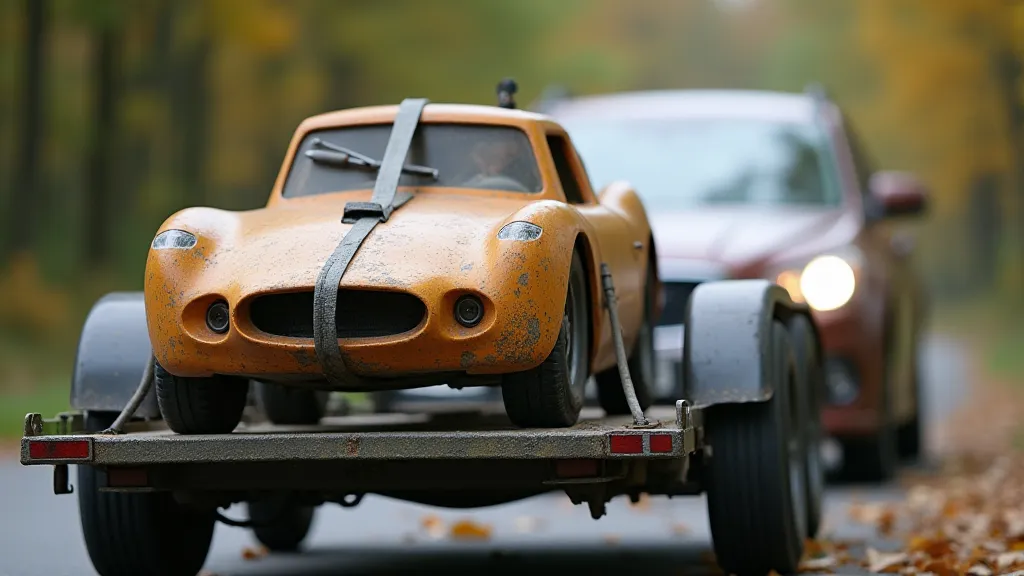
A lot of the beauty and appeal of a soap box car lies not just in its design but also in how effectively it captures a narrative. To enhance your creation, consider how the design choices contribute to the car's overall story.
Unloading and Storage: Completing the Cycle
Unloading is as important as loading. Follow these guidelines:
- Level Ground: Park the trailer on level ground before unloading.
- Use Ramps Carefully: Follow the ramp’s weight rating and use caution. Always have someone spot the car during unloading.
- Steady Hands: Have a helper assist with unloading to prevent drops.
- Secure Storage: When not racing, store the car in a dry, protected area to prevent damage from the elements. Consider a custom-built storage rack or cover.
The choice of wheels can significantly impact a soap box car's performance and appearance. To really optimize your car, explore how to best choose your wheels.
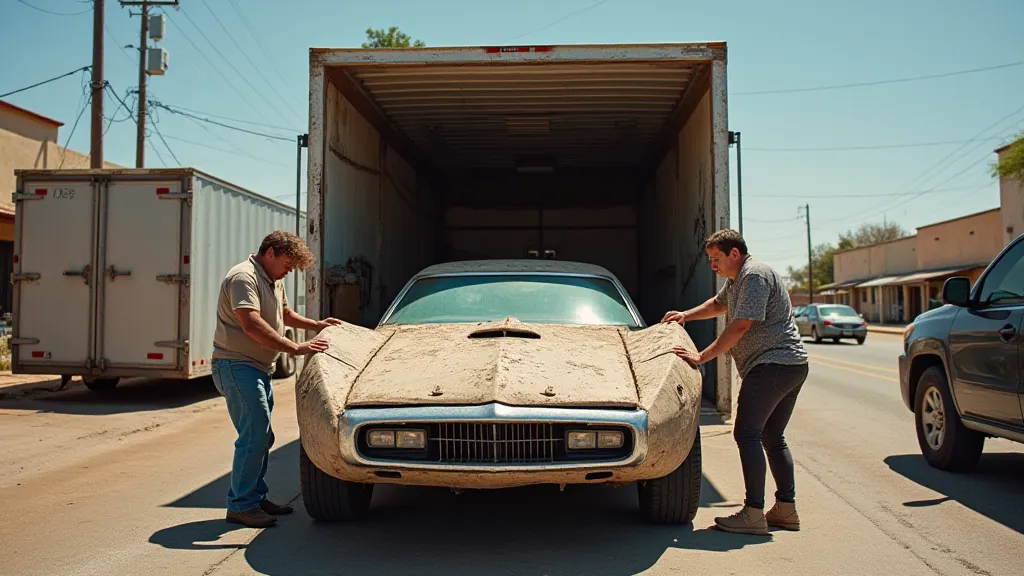
By following these tips, you can safely transport your soap box car to and from the track, ensuring it arrives in great condition and ready for racing! Remember that proper planning, careful execution, and a healthy dose of caution are key to a successful and enjoyable soap box car transportation experience.




